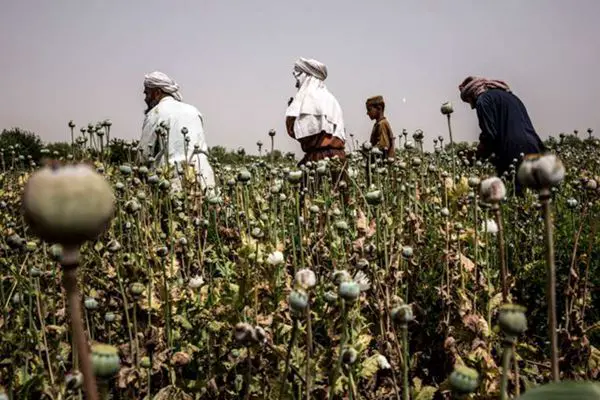(THE STRAITS TIMES) The US has spent more than US$7 billion (S$9.8 billion) in the past 14 years to fight the runaway poppy production that has made Afghan opium the world's biggest brand.
But more than ever, Afghan officials have become directly involved in the opium trade, expanding their rivalry with the Taleban beyond politics and into a struggle for control of the drug traffic and revenue.
At the local level, the fight can often look like a turf war between drug gangs, even as US troops are being pulled back into the battle on the government's behalf.
"There are phases of government complicity, starting with accommodation of the farmers and then on to cooperation with them," said Mr David Mansfield, who has researched the issue. "The last is predation, where the government... takes over the business entirely."
An Afghan government spokesman, asked about official involvement in opium trafficking, insisted there was "zero tolerance" for it.
But in one corner of Helmand that is under government control, the swollen bulbs of opium grew within eyeshot of official buildings during the past poppy season - signs of a narco-state run by local officials.
 简体中文
简体中文

